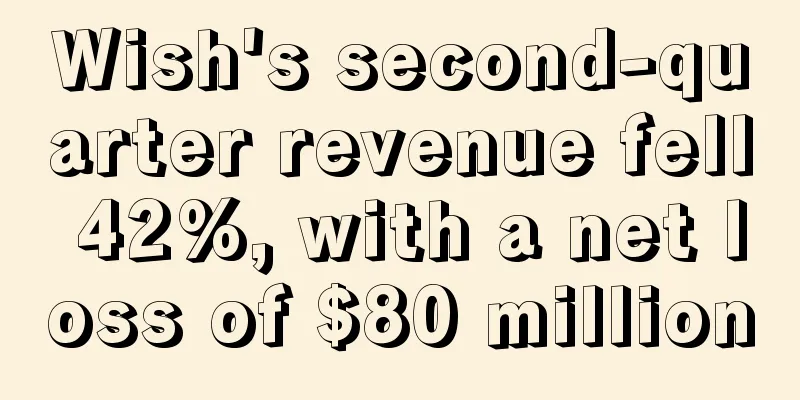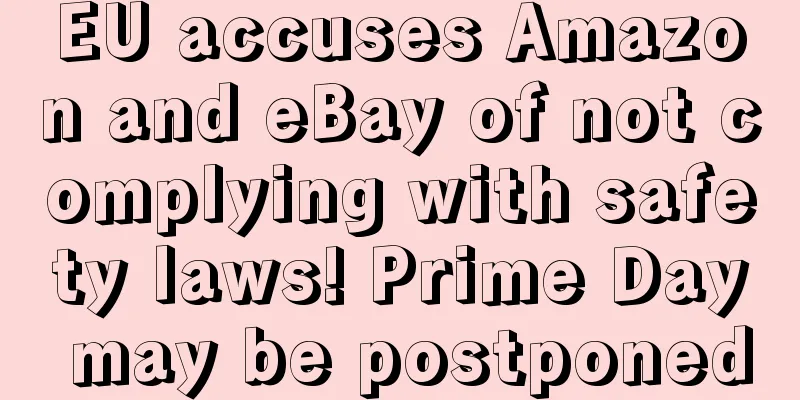|
In the blink of an eye, the annual Prime Day is here again. In this shopping festival where global buyers are celebrating, there are always some who are happy and some who are sad. It is learned that the 2021 Amazon Prime Day membership day time is as follows: 1. Amazon Japan will start at 23:00 on June 20th, Beijing time 2. Amazon Europe will start at 7:00 am Beijing time on June 21 3. Amazon US Station starts at 15:00 on June 21, Beijing time According to eMarket, Prime Day 2021 will be Amazon's largest to date, with sales reaching an all-time high. Will this year's Amazon Prime Day surpass previous years' performance, and how will buyers and sellers perform? In a series of research reports, we may be able to find out. Amazon Prime Day 2021 to exceed $11 billion Which categories are the most popular? According to a survey by Adobe , 58% of consumers plan to shop on Amazon Prime Day. This year's Amazon Prime Day sales are expected to exceed $11 billion . But the growth rate of Prime Day has slowed, and this year's Prime Day is expected to grow by about 19%, an increase of about $2 billion over last year. It is learned that in this year's Amazon Prime Day, clothing will still be the smallest growing category, while toys and electronic products will be the fastest growing categories. In addition, beauty products will see a significant increase in Prime Day this year. Although the US membership day only started at 3 pm today, there are still some clues about the situation of the site: RetailMeNot predicts that the following products will be hot on Prime Day this year: smart home devices, TVs and laptops, fashion products, beauty products, pet products, tools and toys. RetailMeNot predicts Prime Day 2021: - 79% of U.S. buyers said they would shop on Prime Day;
- 92% of U.S. buyers are likely to purchase back-to-school products;
- U.S. buyers will spend an average of $594.
Although the above forecast data shows that Membership Day performed very well, it seems that the situation is not so good for Chinese sellers. So what is the actual situation of sellers on Membership Day? Will Prime Day turn into a day for clearing out inventory? Some sellers said sales were average Prime Day is not only a carnival day for global buyers, but also the best test paper to examine the operating results of Amazon sellers in the first half of the year. I found that many sellers were forwarding this Prime Day hot-selling picture today. As an Amazon seller, a sense of ritual is essential. Before Prime Day began, sellers had already forwarded, prayed, and made wishes for this explosive sales symbol. So how will sellers perform well on this year's Prime Day? As in previous years, sellers’ joys and sorrows were not the same. Some were happy with the booming orders, while others started with zero orders and ended up running behind the rest of the time. Some sellers stated that sellers on the Japanese site had already started to receive a surge in orders last night, and the situation on the European site was also very good. ▲ The picture comes from the seller communication group Some sellers even posted screenshots of their orders, saying that the order volume was about five times higher than usual, and the advertising budget had also increased fivefold, with a single-link BSR. ▲ The picture comes from Zhiwubuyan “It’s already booming, with over 1,000 listings this morning.” ▲ The picture comes from the seller communication group "I feel that the exclusive discounts in Europe are quite effective. I look forward to seeing a surge in orders this afternoon!" ▲ The picture comes from Zhiwubuyan It was found that compared with previous years, there were fewer sellers posting order screenshots this year, and most sellers were quietly observing the order status of their accounts during the two-day Prime Day. The editor further inquired about the situation of several old Amazon operators, and the answer he got was that there was no explosion in orders. ▲ The picture comes from the seller communication group Some sellers even said that the theme of this year's Prime Day should be a day for clearing inventory. It is understood that due to the special circumstances this year, many sellers did not hesitate to cut prices to clear inventory and offered big discounts on Prime Day, but the order volume was not satisfactory. The zero-order screenshots are arriving late, but here are some comments from sellers who participated in the Prime Day event.
"The European PD has started, and there is no feeling." ▲ The picture comes from the seller communication group "Let us live a carefree life with Lin Dan as our companion..." ▲ The picture comes from the seller communication group "Open the backstage. The dawn here is quiet, just like Xu Zhimo's Cambridge. Can you give me some orders raining down, bigger than the day when Yiping asked her father for money?" ▲ The picture comes from the seller communication group "I suspect it's not a flash sale, it's charity." ▲ The picture comes from Zhiwubuyan “I’m so touched! The number of orders on the Japanese site has doubled. I feel so involved!” ▲ The picture comes from Zhiwubuyan "All the traffic has been taken away by self-operated stores. The next is the 50% discount and then the additional discount from the big guys. I will just pretend that this year's Member Day never happened." What’s new about Prime Day this year Why doesn’t the seller place the order? It would be foolish to talk about the results without considering the background. When observing the sales performance of various sellers, we should also pay attention to the new changes in Amazon Prime Day this year and the reasons why sellers do not place orders. This year's e-commerce market is full of changes, especially for the Amazon platform. On the one hand, the number of new sellers is increasing, and on the other hand, the consumer market is becoming saturated. In addition, the frequent changes in platform policies have added several obstacles to sellers' operations. So what are the main backgrounds for sellers to participate in Prime Day this year? The following points are summarized for reference only: 1. The number of Amazon sellers has increased significantly, and homogeneous competition is severe Data analyzed by Finbold shows that the Amazon market added 295,000 new sellers in 2021. This figure means that Amazon joins 3,734 new third-party sellers every day, an average of 155 per hour. Based on the current growth rate, approximately 1.4 million new sellers may join the Amazon market by the end of this year. As more and more sellers enter the market, Amazon has become a red ocean e-commerce platform, and many domestic sellers have also expressed the feeling that "there are too many people and too little porridge." In this context, the cross-border e-commerce industry has also been labeled as "severe internal competition", and homogeneous competition has become more intense. 2. Sellers engage in price wars to clear inventory Cross-border sellers are no strangers to the topic of price wars. As the peak season approaches, many cross-border sellers choose to sell at low prices to clear their previous inventory. In addition, the low-price operation mode of some novice sellers has caused a certain impact on the product links of many sellers, and the market order has also been affected. 3. Amazon Inventory Restriction Policy Since Amazon released its inventory restriction policy, sellers have been restricted in every way when shipping. In addition, the IPI score of some sites has been raised to 600 points, making it even more difficult for sellers to manage their inventory. Prime Day is here, and sellers who could have made a comeback with the help of this big promotion have fallen flat on their faces again. It is understood that some sellers are limited by Amazon's inventory restrictions and have to ship very few products. They have orders but no inventory, and even run out of stock. This year, they can only watch the entire Amazon Prime Day. 4. Global supply chain tension According to Sina Finance, the impact of the COVID-19 pandemic on the global supply chain has not subsided. The lack of shipping containers and air freight capacity has made the situation worse. The severe shortage of semiconductors, plastics, and labor shortages have also affected the supply chain . Some small and medium-sized American sellers have to purchase goods from China, and they have been preparing goods for Best Prime promotions several months in advance. 5. Changes in consumption trends - Sales of cosmetics, perfumes and clothing have dropped significantly during the epidemic.
- The pandemic has sparked a global DIY boom and tightened the supply of materials such as cement, wood and paint. Coupled with new trade rules and the blockage of the Suez Canal, sales in the home improvement and garden categories will decline this year.
Although the current situation is not perfect, the tug-of-war has just begun, so sellers should not be discouraged. Prime Day event in the US has also kicked off. I wish all sellers a satisfactory result! Welcome the big sellers to take a seat in the front row of the comment section~
| 









